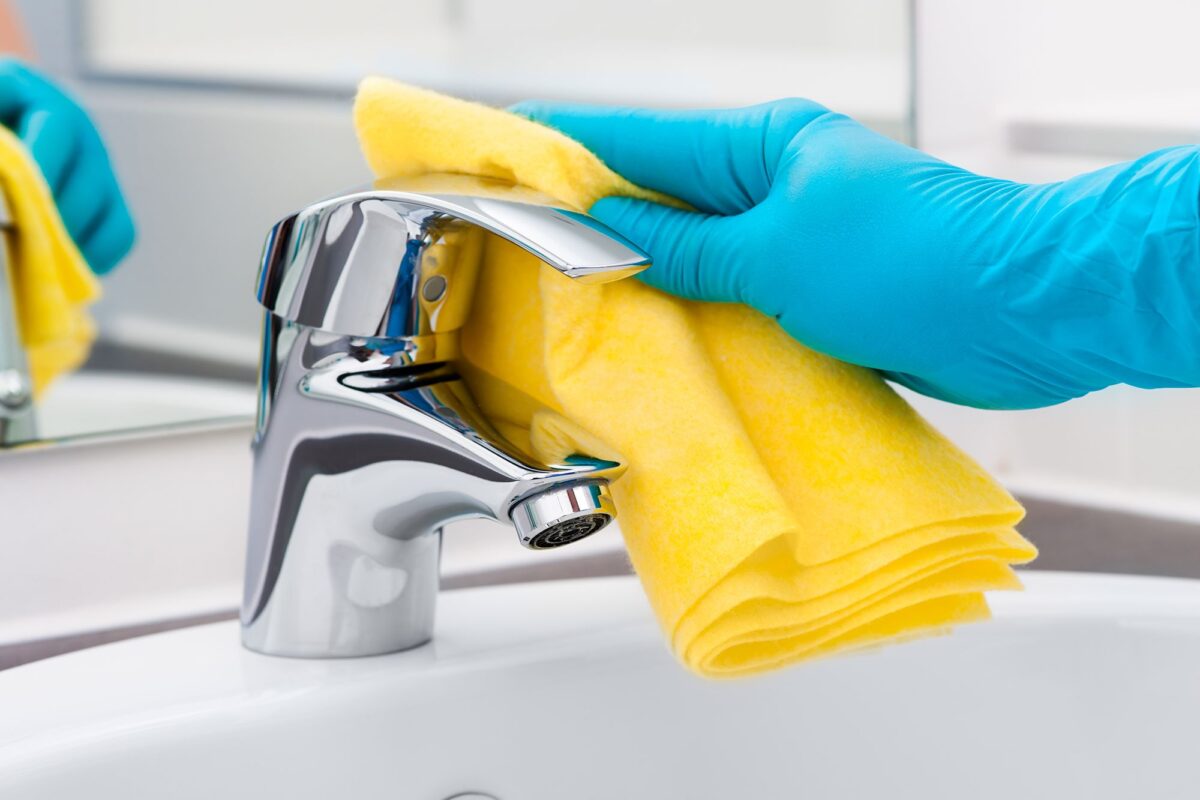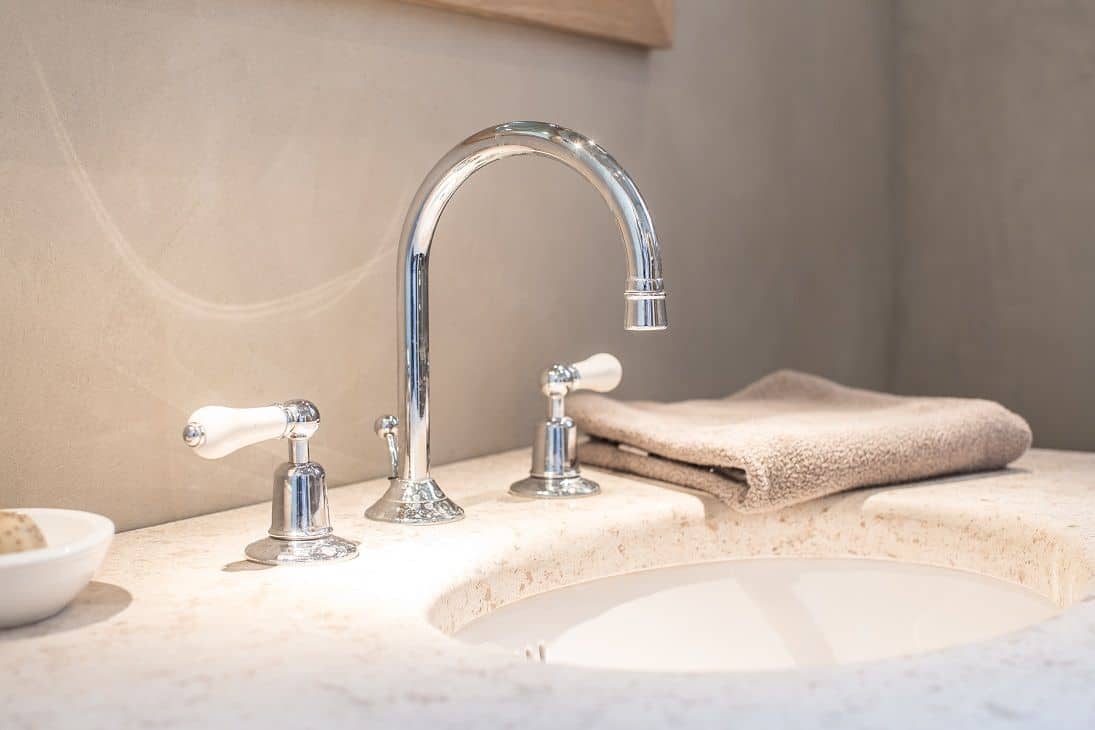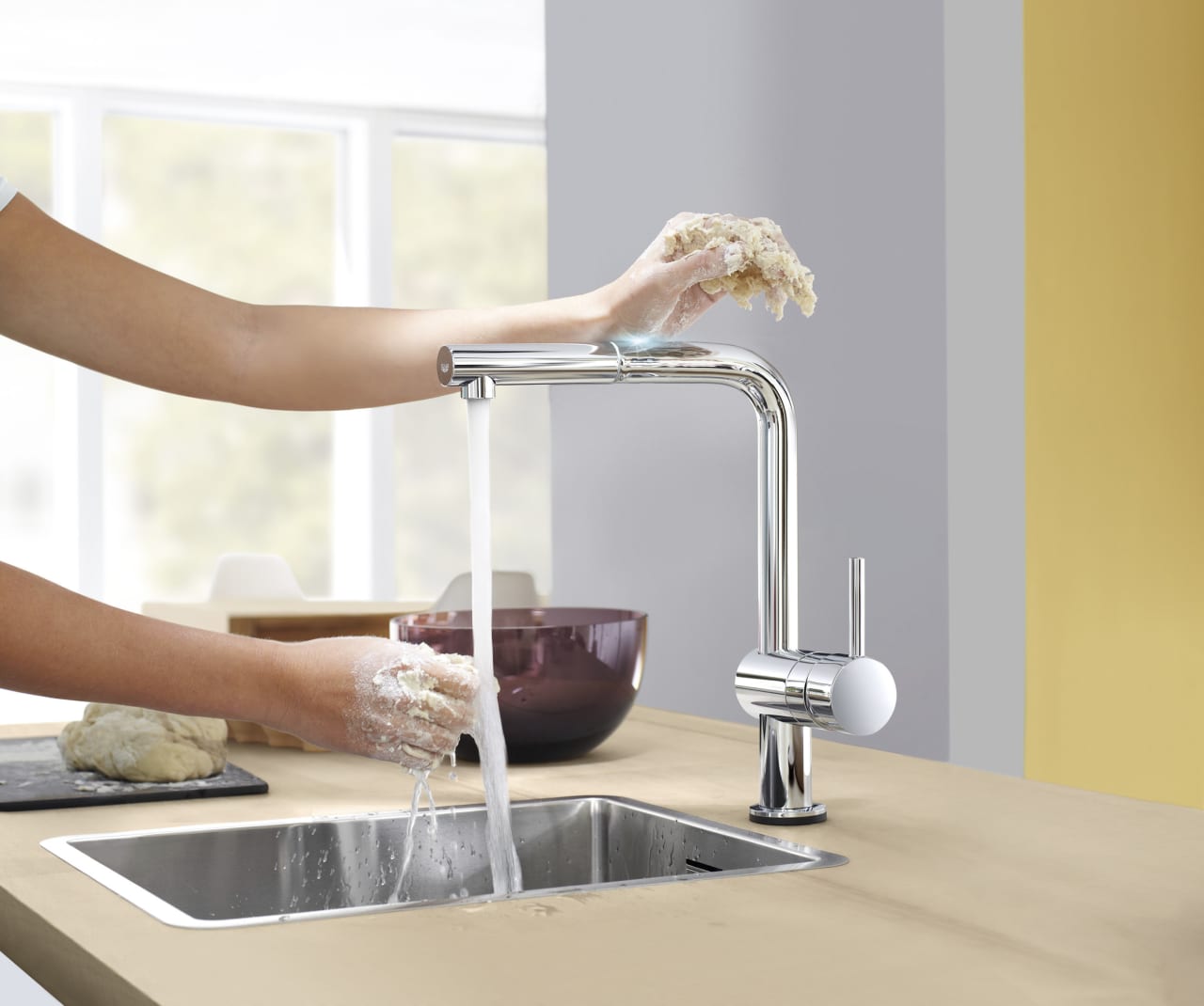
Methods for removing limescale from bathroom tapware

Limescale is the white chalky solid substance that coats your faucets. This substance, also known as calcium carbonate, is not only unsightly, but it may also obstruct water flow in faucets, pipes, bathtubs, and showerheads, among other locations. Limescale removal is necessary as a consequence. Hiring skilled professionals to undertake end-of-lease cleaning in Adelaide is one of the most efficient ways to accomplish this. They make extensive use of advanced equipment and processes.
If necessary, you may use household cleaning supplies such as lemon and vinegar to clean your brushed nickel tapware. It works exceptionally well in certain situations but fails miserably in others. If you’re interested in learning more about cleaning limescale from taps and bathroom fixtures, here is complete information. Have a look!
Limescale Can Be Removed with Lemon Juice

Lemons are a fantastic way to clean limescale buildup on faucets and bathroom fittings. It contains citric acid, which works wonderfully on limescale, eradicating it totally. The technique that follows is a step-by-step guide.
Sliced lemon
Lemons should be halved! Additionally, any old lemon that has been used for cooking or cleaning may be utilized. Simply check to see whether there is sufficient juice left to remove limescale from your tapware.
Place it directly in front of the faucet.
Arrange the lemon in such a way that the cut side is closest to the end of the tap. Continue pressing the lemon toward the faucet until it fully covers the area of the fixture where the water exits and deposits limescale.
Retain the lemon in its original location.
To secure the lemon, wrap it in plastic wrap and knot it securely around the tapware neck. Secure the lemon in place with a rubber band wrapped around the plastic covering. Maintain for a minimum of two to three hours, and ideally overnight. Click here to read about Cleaning instructions for Perrin and Rowe kitchen taps.
Remove limescale
Remove the previous lemon’s lemon and plastic cover. After that, clean the affected area with a cleaning sponge, cloth, or other appropriate material. Due to the lemon’s acidity, the limescale is properly broken down, and the buildup should be easily removed.
It has to be thoroughly cleaned.
Regardless of how thoroughly you wipe it with a towel or sponge, some limescale residue may remain. With an old toothbrush, clean the spray apertures on the tapware. If you detect any further pieces, use a safety pin to retrieve them.
Rinse the bathroom faucets and fittings.
Once you’re done cleaning, rinse the tap or any other bathroom fixture with hot water. It will clean the faucet of any debris and any remaining lemon juice. Professional end of lease cleaners in Adelaide uses a similar method. You can read about How to select high-quality tapware by visiting http://astylistslife.com/how-to-select-high-quality-tapware/
How to Get Rid of Limescale Utilization of Vinegar

If you do not have a lemon, you may use vinegar. It includes acetic acid, which is also an excellent deliming agent. Numerous qualified professionals that specialize in end-of-lease cleaning in Adelaide use it to clean faucets and bathroom fittings. Observe the procedure indicated below.
Create a solution
Combine water and basic white vinegar on a small plate (about 120 mL each). The quantity of solution needed is proportional to the area to be cleaned. Thus, if the area is small, the cost may be further decreased. Simply make sure there is enough solution to soak a cleaning cloth in.
Limescale should be wiped away using a cloth.
As the cleaning cloth, you may use an old t-shirt, kitchen towel, or any other rag. Completely immerse it in the vinegar-water solution. Then lift it up and brush it over the limescale. Re-dunk the fabric in the solution if it gets dry throughout the operation.
Wrap the rag circumferentially around the tapware.
The next step is to dip the cloth appropriately into the solution and then cover the faucet’s head where the water comes out. This is an essential step if the limescale coating is very thick. Ascertain if the area is sufficiently covered. Allow at least two to four hours for it to settle, or overnight if possible. It will gradually dissipate the buildup.
Remove Limescale Deposition

The next day, gently remove the towel and clean the surface to remove any leftover limescale. Additionally, you may effectively clean these areas with an old toothbrush. Additionally, you must unblock the faucet’s spray holes. Use the safety pin to scrape away any remaining limescale.
Clean and disinfect the faucets Properly
Following cleaning, thoroughly rinse it with warm water to remove any remaining vinegar or limescale particles. Cleaning taps and bathroom fixtures may be a time-consuming task, so if you’re pressed for time, you can hire end-of-lease cleaners in Adelaide. They know how to do a task perfectly.
Stainless-Steel Taps and Bathroom Fixtures: Remove Limescale
Nowadays, the majority of people choose chrome-plated faucets and bathroom fittings. Any acidic chemical or abrasive scrubber, according to the expert, may swiftly damage the surface. As a consequence, limescale must be removed from such taps and bathroom fittings using a specific process. Consider the following!
It Is Not Recommended to Use Acidic Cleaning Products
Nickel-plated, brass-plated, or any other kind of tapware has a highly sensitive multilayer surface that is quickly damaged by corrosive chemicals or acidic cleaners such as lemon juice or vinegar. Additionally, it may be damaged by steel wool, bristle brushes, and other abrasive cleaning cloths.
Eliminate Excess Moisture from Bathroom Fixtures and Taps
You may easily prevent the formation of limescale by regularly cleaning the tapware. Always keep a paper towel or a dry cloth near the fixture. Once or twice a day, wipe off the fixture thoroughly to remove any moisture. It eliminates mineral buildup on faucets caused by hard water.
With Warm Soapy Water, Squeaky Clean
To remove limescale from faucets, use only distilled water and hot soapy water. Unlike tap water, which contains minerals, distilled water is mineral-free, making it great for cleaning. Its efficacy is enhanced by its high temperature and soap composition.
Utilize Sodium Bicarbonate
Another effective solution for eliminating limescale from faucets and bathroom fixtures is baking soda. Numerous pros that provide eco-friendly end-of-lease cleaning in Adelaide clean your property with this substance.
To make a paste, combine distilled water and baking soda. Then, using a cleaning sponge dipped in the solution, massage the tapware completely before wiping it clean with a dry towel.
Endnote
Getting rid of limescale from tapware and bathroom fixtures is not as difficult as you would imagine. All that is required is that you follow the appropriate procedures. The procedures listed below can aid you in addressing the limescale problem entirely. Additionally, you may purchase a limescale water filter to prevent future growth.


